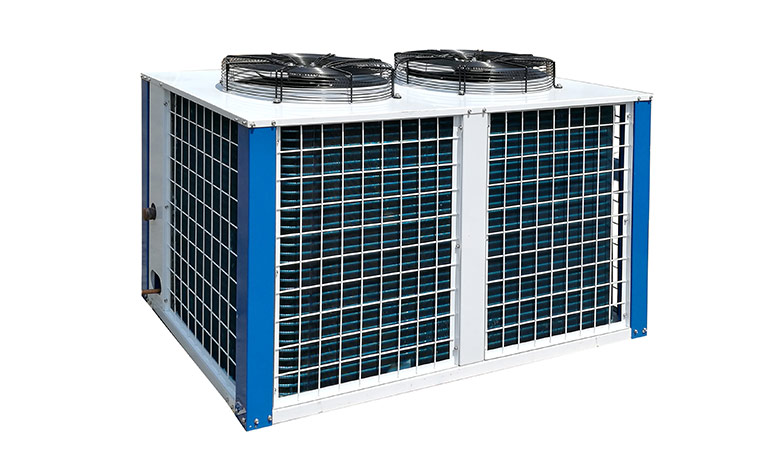HVAC systems are made up of many complex components that bring you comfort, keep you cool and improve indoor air quality. We don’t expect homeowners to know everything there is to know about air conditioning.
So with that in mind, one of the common questions we get in the air conditioning industry is “What’s the difference between an air handler and a condensing unit?” Before we get started, the air handler and the condensing unit are the two basic components of what is called a split system. By split system, we mean a heat pump heating, and air conditioning system. If you’re reading this article, you probably have an air handler and a condensing unit in your air conditioning system. So here’s the difference between an air handler and a condenser.
Air Handlers
An air handler is a component that circulates air through your home. It is usually found indoors in a closet or attic. The basic components of an air handler are the air filter, blower, and coil. The internal blower moves air through the evaporator coil and carries it throughout the building through the ductwork. The air filter is located within the air handler. Its purpose is to remove contaminants from the air while the indoor coil maintains the air at a specified temperature.
Copeland Air-Cooled Hermetic Compressor Unit works effectively with a multi-step check that can be very helpful in saving power. It is presented with a breakdown caution and inquiry function empowering users to have a check on its performance. In extension to this, it has an edge over many other compressors as it has controllable fan activity with an inhaling overheat of 10 ⁰C. Furthermore, it guarantees ample cooling potential with storage temperature moving between -5~5 ⁰C.

Condenser Unit
The condensing unit, also known as the “air conditioner”, is located outside the home. The main components of the condenser are the compressor and the condenser coil. The main function of an air conditioner is not to blow air throughout the home like an air handler, but to remove heat from the home. It does this by passing warm indoor air through return ducts and then through the refrigerant coils within the air conditioning system. The condensing unit basically works by compressing the refrigerant and pumping it through the condenser coil to transfer heat from the air outside the building.
Should I replace both?
Unfortunately, yes, if one of them fails, you should replace both the air handler and the condenser. When you purchase a new HVAC system, the efficiency rating is based on the matching unit. So, for example, if you purchase a condenser with a 17 SEER rating, you won’t get the performance you expect without a matching air handler. If either one is still valid, it may sound unnecessary to replace both, but the truth is that the matched system performs better. The air handler and condenser can work in tandem with the matched unit to achieve maximum efficiency and optimal performance.
Can you replace an outdoor condenser unit without replacing the air handler?
Yes, you can. But by doing so, you are putting the reliability of both at risk and may end up paying more in the long run. Advances in HVAC technology have made air conditioning systems work better than ever before. As a result, replacing both indoor and outdoor units at the same time ensures that both have the same level of efficiency. This means that a new condenser with a mismatched or outdated air handler will result in inefficiencies and increased energy costs. If you replace only the condenser unit and the air handler fails on the line, you will pay double the cost of the installation anyway.
In addition, when you purchase a new HVAC unit, you are guaranteed a warranty and installation service from the new manufacturer. So if you replace only the condenser unit, the air handler’s warranty may expire before then. And some manufacturers may not offer a full warranty on mismatched units.
